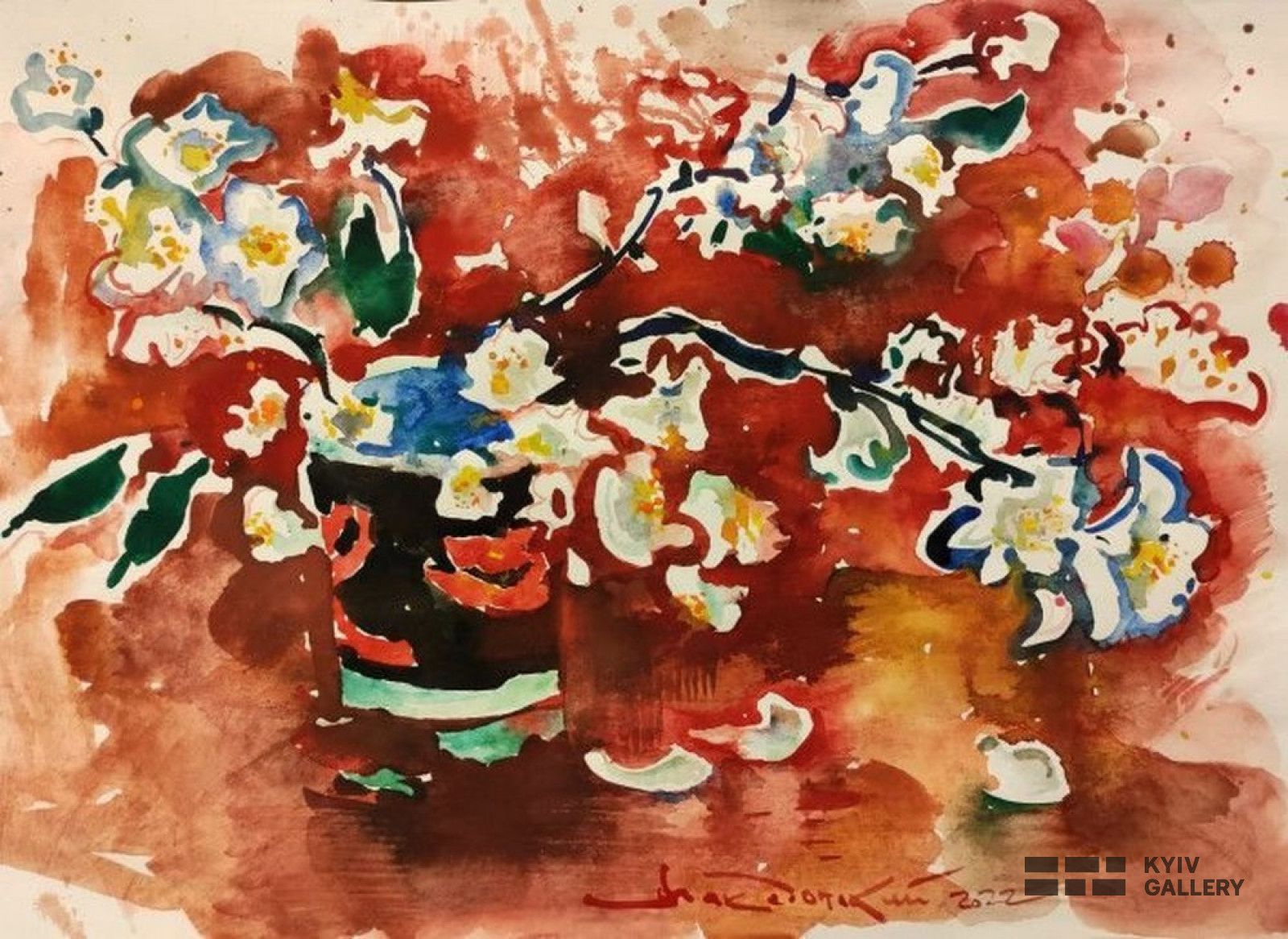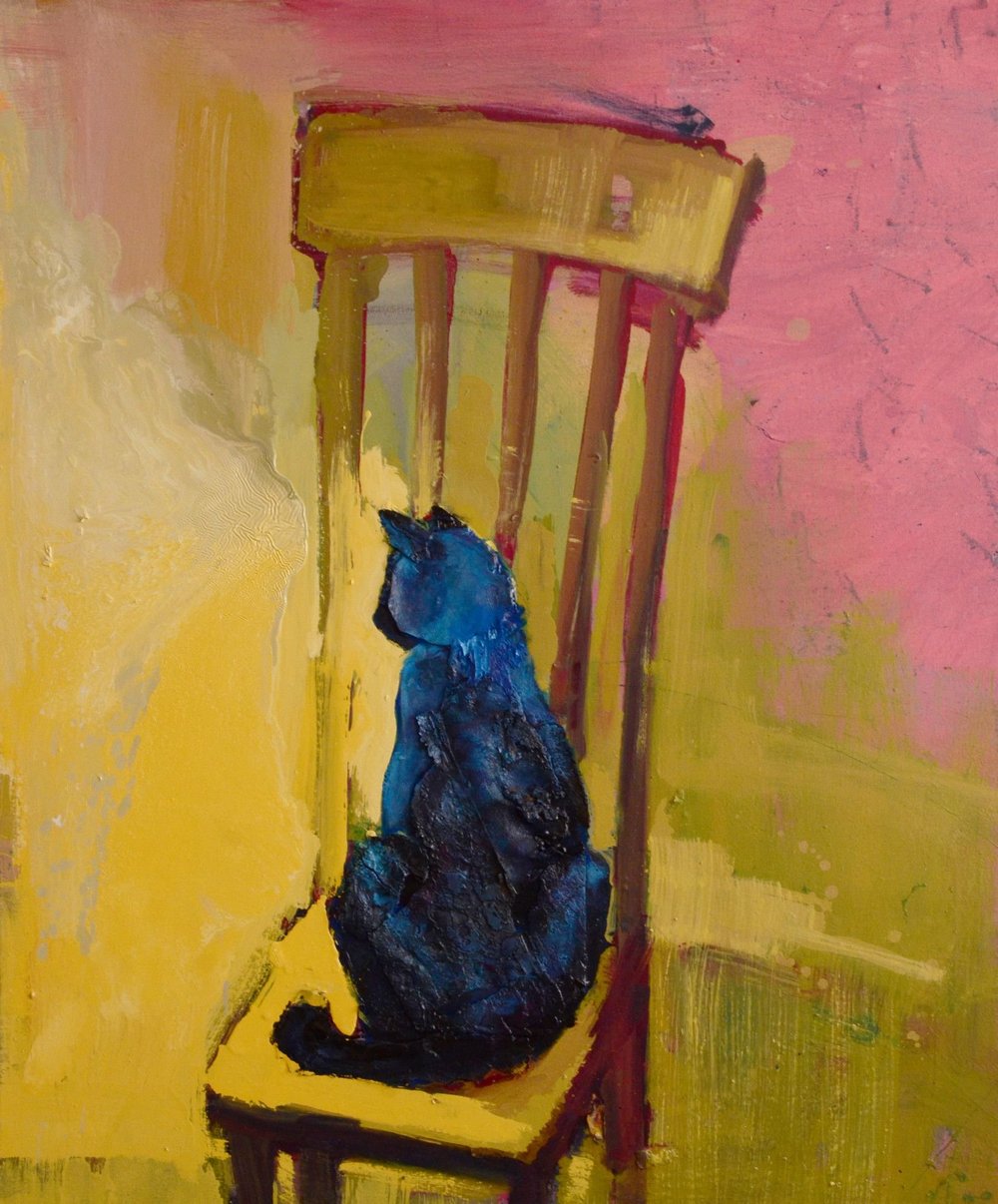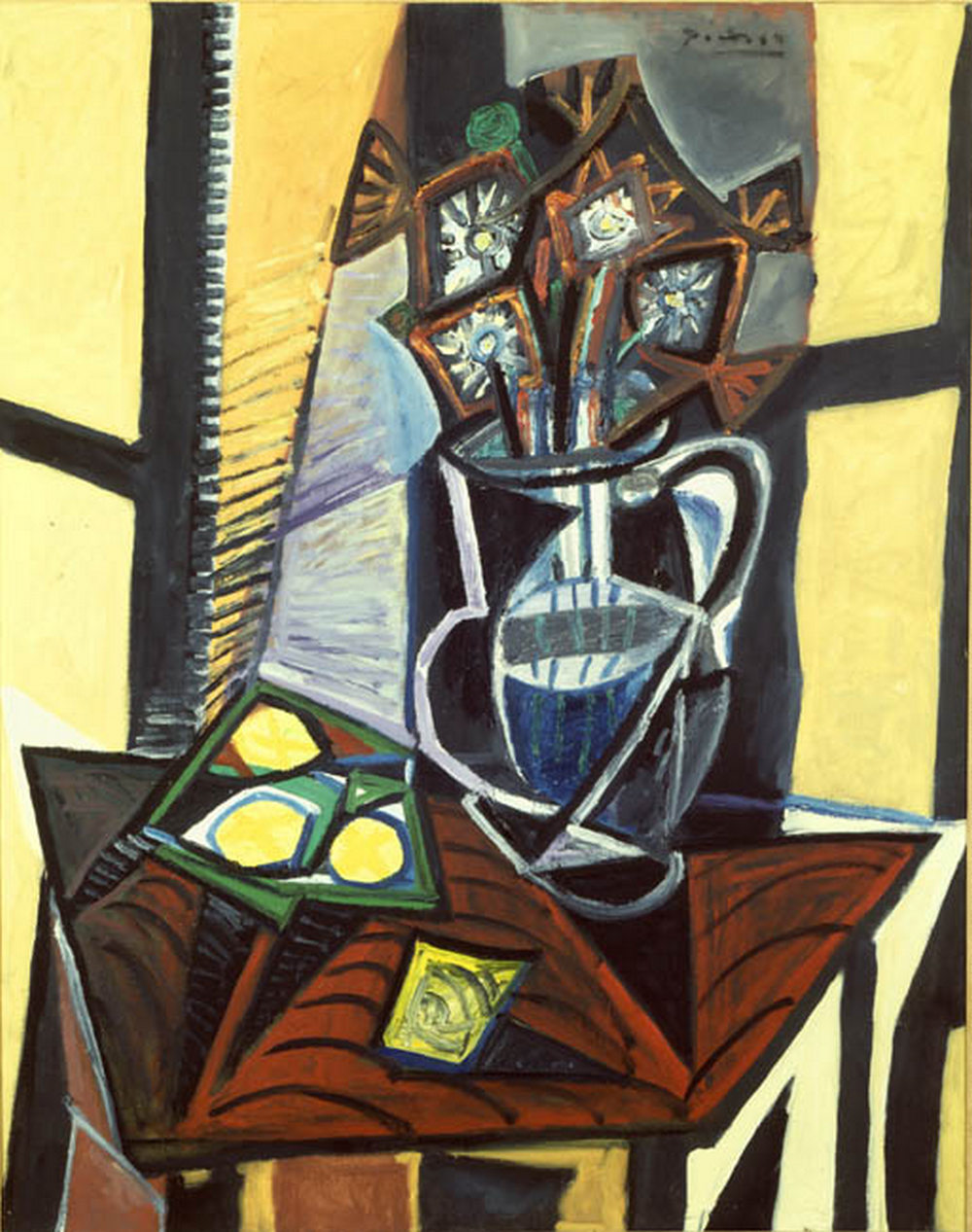

Decorative still life is one of the youngest subgenres of painting and graphics. Unlike classical still life, its main task is to depict stylized images of "dead nature," emphasizing shape, color, and texture rather than its ideal copies. The emergence of a new subgenre became possible due to numerous experiments of avant-garde representatives. Despite the simplicity, stylized still lifes managed to win their place in the sun: they can be seen in the portfolio of famous masters and on the walls of contemporary fine art galleries.
Features of decorative still life
The subgenre emerged at the turn of the XIX and XX centuries when a new generation of masters began experimenting actively with color and shape. The desire to break with the canons of academism inspired artists to actively use unconventional coloristic effects and techniques to create visual illusions. The appearance of the first decorative still lifes is associated with the development of such trends as cubism and Fauvism. Fauvists learned to make stunning images of fruits and vases with the help of color contrasts between chromatic planes, and cubists focused the viewer's attention on the geometric shapes hidden in them. Masters of the new generation revealed the internal structure of objects and gave them liveliness with the help of compositional rhythms and mosaics of color spots.

Ihor Melnyk, painting "OBSERVATION", ID 14610
Later, artists began experimenting with texture, achieving stunning expressiveness of stylized objects. Another reason prompted artists to depart from the strict canons of classical still life. The masters were tired of the heap of compositions, halftones, and other techniques to enhance the realism of images. Simple colors and shapes helped express the essence of reality and imagine the world in its immediacy. The idea of abandoning complex forms of expression to purify the spirit of artistic images from everything superficial was later fully realized in conceptualism. In this sense, there is reason to consider the decorative still life as the forerunner of one of the most influential areas of contemporary art.
The most famous decorative still lifes are
1. "Still Life with Sunflowers," Vincent van Gogh (1888). The series of still lifes with sunflowers was created shortly before the artist's death. According to the author, he formed a special connection with these colors. A pale yellow vase on the background of a yellow table and sunflowers creates the illusion of the presence of "light in the light." Unfortunately, the artist never received proper attention to his work during his lifetime: he had to paint in poverty during treatment in a psychiatric clinic. But after his death, he became one of the best-selling artists in the world. One of the still lifes with Van Gogh's favorite flowers was sold in 1987 for 22 million pounds.
2. "Still Life: Vase with Irises," Vincent van Gogh (1889). Another artist's work was written during his stay in a psychiatric hospital.

"Vase with Irises" Vincent van Gogh. Photos © vangogen.ru
The painting attracts attention with a fantastic balance of color and form. The border between the table and the background is clearly defined by a dark line. He uses this technique, typical for decorative still life, to draw flowers, leaves, and stems. Flowers with dark blue spots are evenly distributed throughout the canvas, contrasting with the background and light petals. The tonality of the painting evokes in the viewer a sense of peace and tranquility. Perhaps the master painted it during one of the short periods of inner balance.
3. "Red Fish," Henri Matisse (1912). In total, about nine paintings by the master in which goldfish appear. The idea painting the master found during a visit to Morocco, where the local population was fascinated by the image of goldfish. Decorative still life demonstrates the expressiveness of the artistic language of Fauvism and its ability to evoke vivid emotions in the viewer. A somewhat simplified manner of depicting details helps to distract from the forms and concentrate on the colors of "dead nature." In later periods of creativity, Matisse softened the colors on the palette. But "Red Fish" preserved the memory of the artist's genuine passion for future generations, reflected in rich red, orange, pink and green shades.
4. "Still Life," Kazimir Malevich (1911). The famous Ukrainian painter of Polish origin entered the history of fine art as the creator of Suprematism. But before painting his famous "Black Square," the artist experimented with different techniques and styles for a long time. To work on the canvas, the master chose the cloisonne technique, a distinctive feature of which is the use of thick black lines to outline monochrome color spots. The heterogeneous manner of execution of the picture tells us about its experimental nature.
5. "Still Life with Flowers and Lemons," Pablo Picasso (1941). The painting was created during the occupation of Paris by the Wehrmacht troops. Despite the anxiety scattered in the air of Europe, the master found the strength to paint flowers and fruits.

"Still Life with Flowers and Lemons" Pablo Picasso. Photos © ru.artsviewer.com
On the canvas, the naked eye can see various geometric shapes that symbolize a kind of return of the master to the "cubist" period of creativity. All chromatic accents are subordinated to the strict angular composition of the picture. The abundant presence of dark tones on the canvas hints at the black strip of the history of the European continent.
Decorative still life in Ukrainian fine art
Ukrainian masters, in their works, often paid attention to decorative still life. This was due to the political neutrality of the subgenre and the opportunity to test a more comprehensive arsenal of tools to create stunning artistic images. Among the Ukrainian artists of the twentieth century who painted decorative still lifes in oil, one cannot ignore the representatives of the Lviv school Volodymyr Patyk and Roman Selskyi. Using the most straightforward techniques, the artists painted authentic canvases dedicated to "dead nature." Masters skillfully used a broad palette of colors in combination with simple forms and attractive compositional solutions. They are considered essential works of the so-called "Lviv still life."
Contemporary Ukrainian artists also do not ignore the decorative still life. According to the established tradition, works of this subgenre rarely fall into the focus of attention of experts in the field of fine arts due to their internal specificity and plot limitations. However, decorative still lifes are often found in artists' portfolios and on art galleries' walls.
KyivGallery art critic
